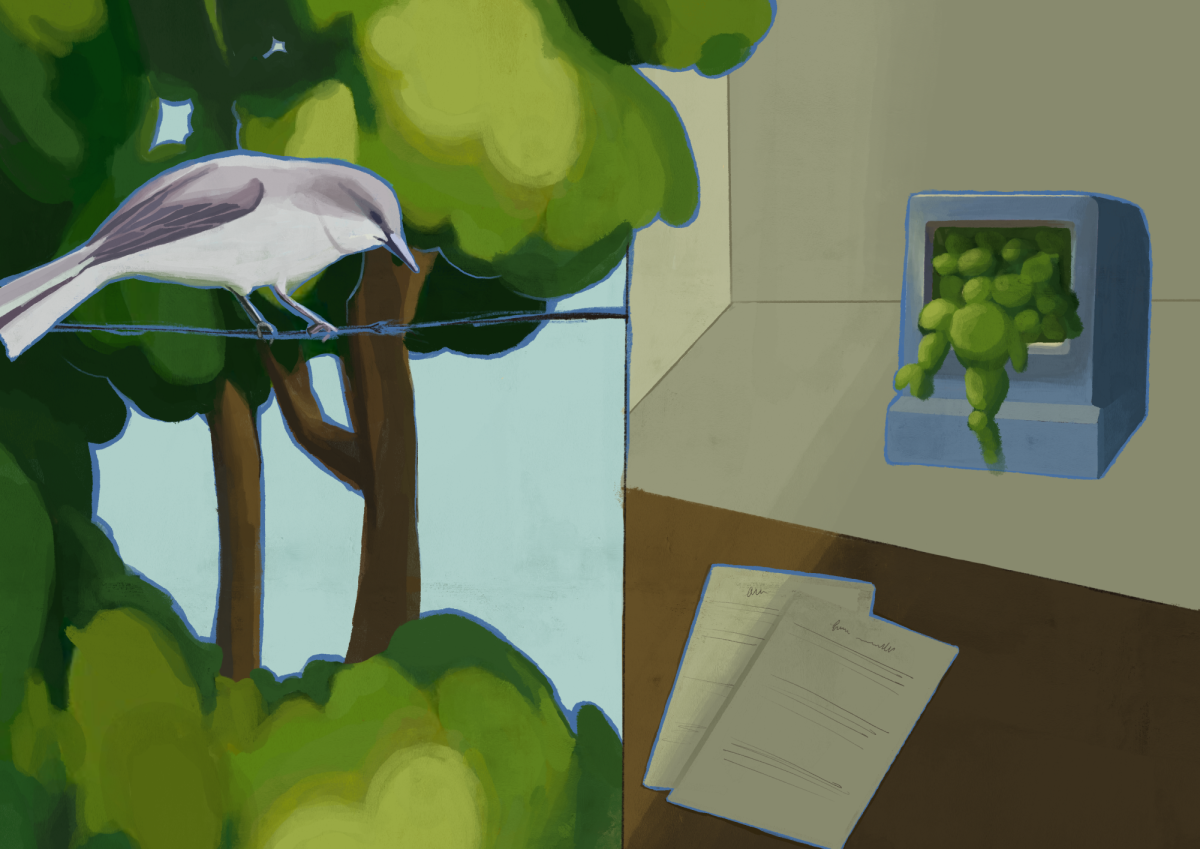Indonesian cuisine features one of the most varieties of condiments. The spicy, sweet, tangy, and herbal sauces are essential to the food culture all around Indonesia. However, not all of them are produced in an environmentally-friendly way. Here are some of the most popular Indonesian sauces and the environmental impacts of their production:
Kecap Manis (Sweet Soy Sauce)
This traditional Indonesian sauce is famous for its bittersweet taste and thick texture. It is commonly used as a companion for dishes such as nasi goreng, mie goreng, kwetiau goreng, and ayam kecap. The main ingredient of kecap manis is soybean. According to the University of Sebelas Maret, more than 300,000 tons of soybeans were cultivated to produce kecap manis in 2021. This is around 40% of the annual soybean production in Indonesia. Soybean cultivation requires the most extensive land area, after maize and rice, along with an intensive use of pesticides and fertilizers in Indonesia. Soybean cultivation also irrigates up to 1,300 tons of water per one ton of its yield, significantly contributing to freshwater depletion in Indonesia.
If you want to replace kecap manis but find it hard to give up its unique taste, there are a few substitutes – one of which is coconut aminos. This alternative has a similar texture and flavor to kecap manis but are a little less sweet and syrupy. The cultivation of coconut, compared to soybean, is more sustainable, as it uses less land area, chemicals, and water to produce it.
Kecap Ikan (Fish Sauce), Terasi (Shrimp Paste)
These are not only popular in Indonesia but are also widely used in many other Southeast-Asian countries, especially Taiwan, Vietnam, and Malaysia. The salty and tangy flavor of kecap ikan pairs well with oily and fried Indonesian dishes. Terasi has a very similar taste to kecap ikan, but it is in a soft, solid form, typically consumed by spreading it on foods or dissolving it in soup. Kecap ikan is produced by grinding and fermenting small, high-oil, and strong-flavored fishes such as anchovies and mackerel. Terasi is produced by salting and fermenting small shrimps called krills.
The fish for kecap ikan and krills for terasi are usually mass-produced by aquafarming techniques. This agricultural method of growing fish in ocean enclosures created by humans prioritizes maximizing efficiency in increasing yield and reducing cost.
Regardless of its productivity, aquafarming renders fish to be overcrowded in small areas where diseases inevitably occur and spread. Antibiotics are thrown into the water to prevent diseases, eventually contaminating the water quality. Moreover, the leftover nitrogen-based foods cause oxygen depletion in coastal environments and reduce marine life productivity. Indonesia has one of the biggest aquafarming industries in the world, taking more than 20% of its entire fish production, and the popularity of terasi and kecap ikan significantly contributes to it.
One alternative choice for kecap ikan is vegan fish sauce, which replaces fish ingredients with plant-based sources such as mushrooms. However, the alternatives for terasi, like miso paste and tamari, are unsustainable in their own ways, as they use soybean as one of their main ingredients.
Sambal (Chile Sauce)
This is the condiment that represents Indonesia. Although it is commonly known for its spicy and sweet taste, there is actually an endless variety of different types. Some sambal sauces use fish, while others use herbs and fruits to make their unique taste. However, regardless of the type, palm oil is commonly included as one of the main ingredients. Palm oil contributes to more than 50% of deforestation in Indonesia. It was found that 10,000 square miles of forests were torched just to make room for palm oil plantations up to 2015. The sambal industry in Indonesia significantly contributes to palm oil production because, per 1 cup of sambal, around 150ml of palm oil is required. This means 39,000 tons of palm oil is used annually for sambal production.
To reduce the environmental impacts of sambal, consider making your own sambal sauce by replacing palm oil with sunflower oils. Sambal is a relatively easy sauce to make at home, and there are a lot of videos online that you can reference to.
While these condiments are essential for Indonesian dishes, a more mindful use of them is required, whether it is by replacing them with alternatives or simply reduce eating it.





























